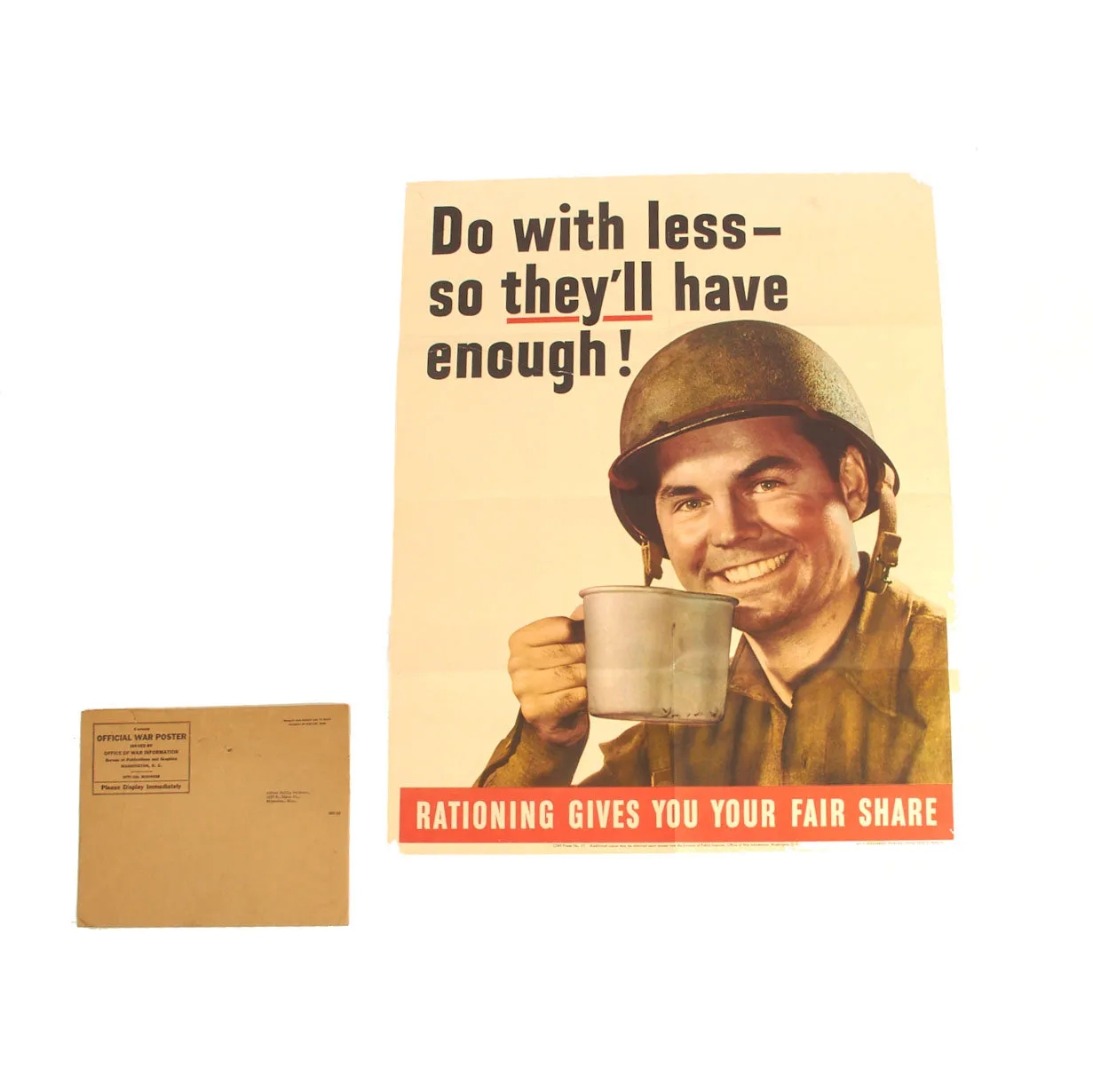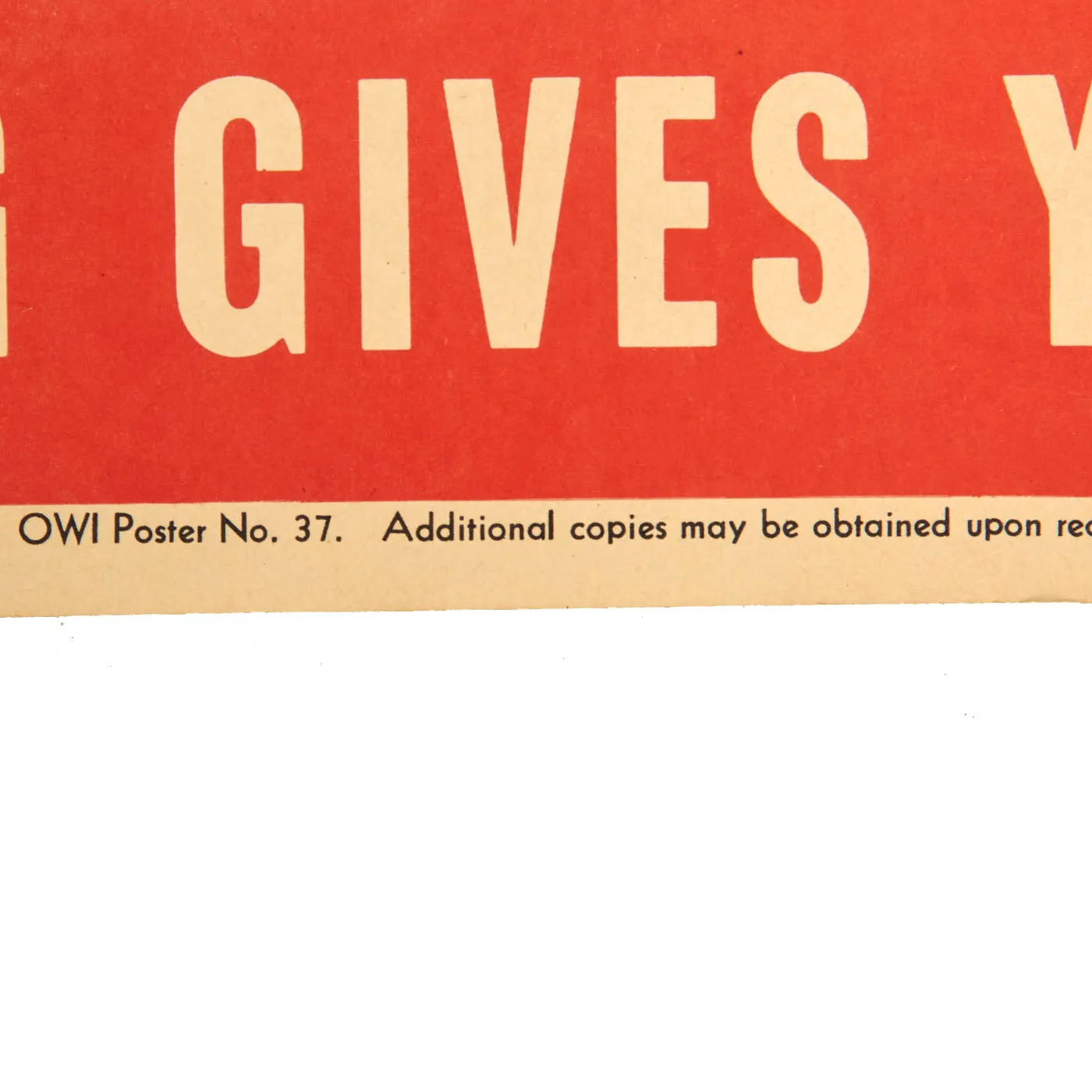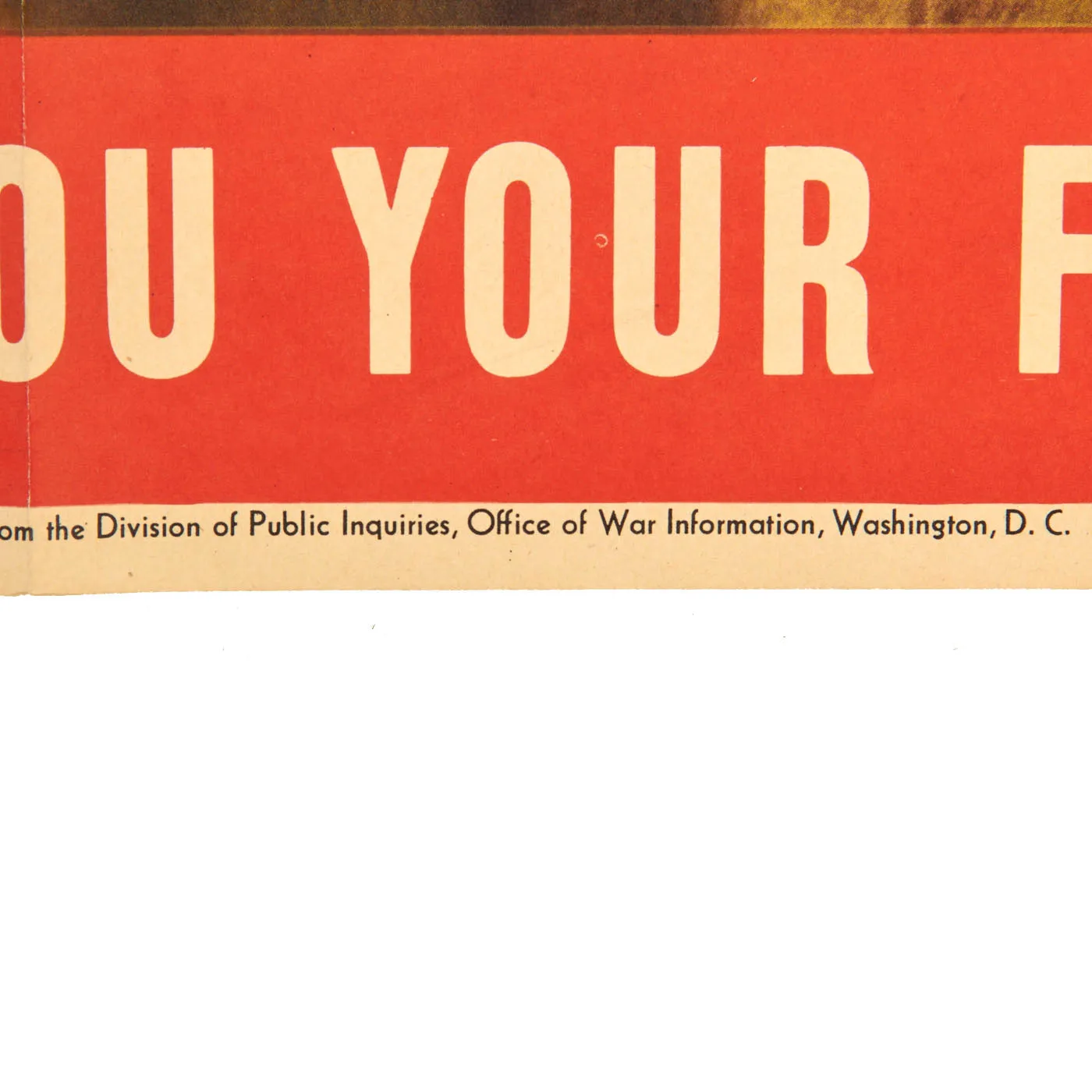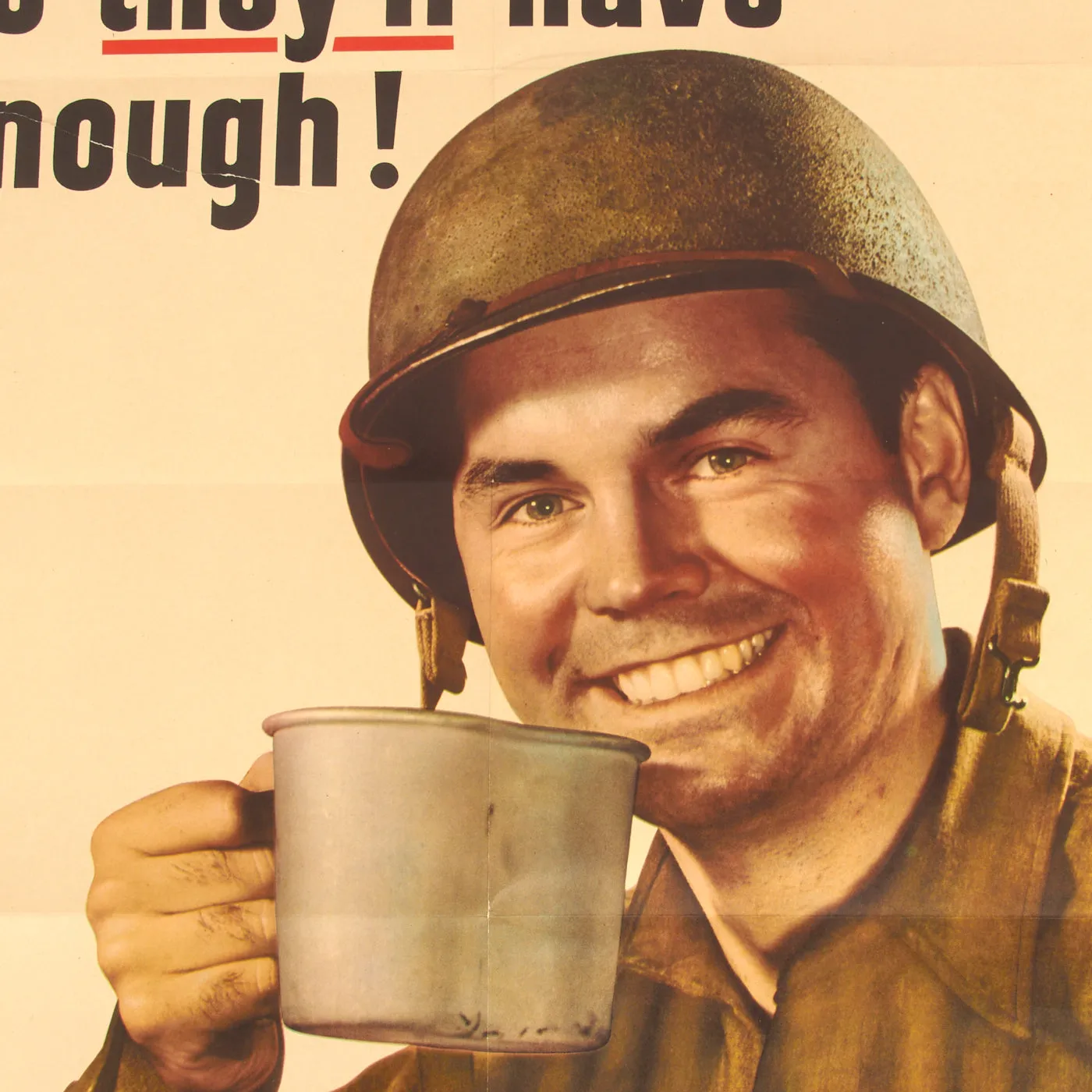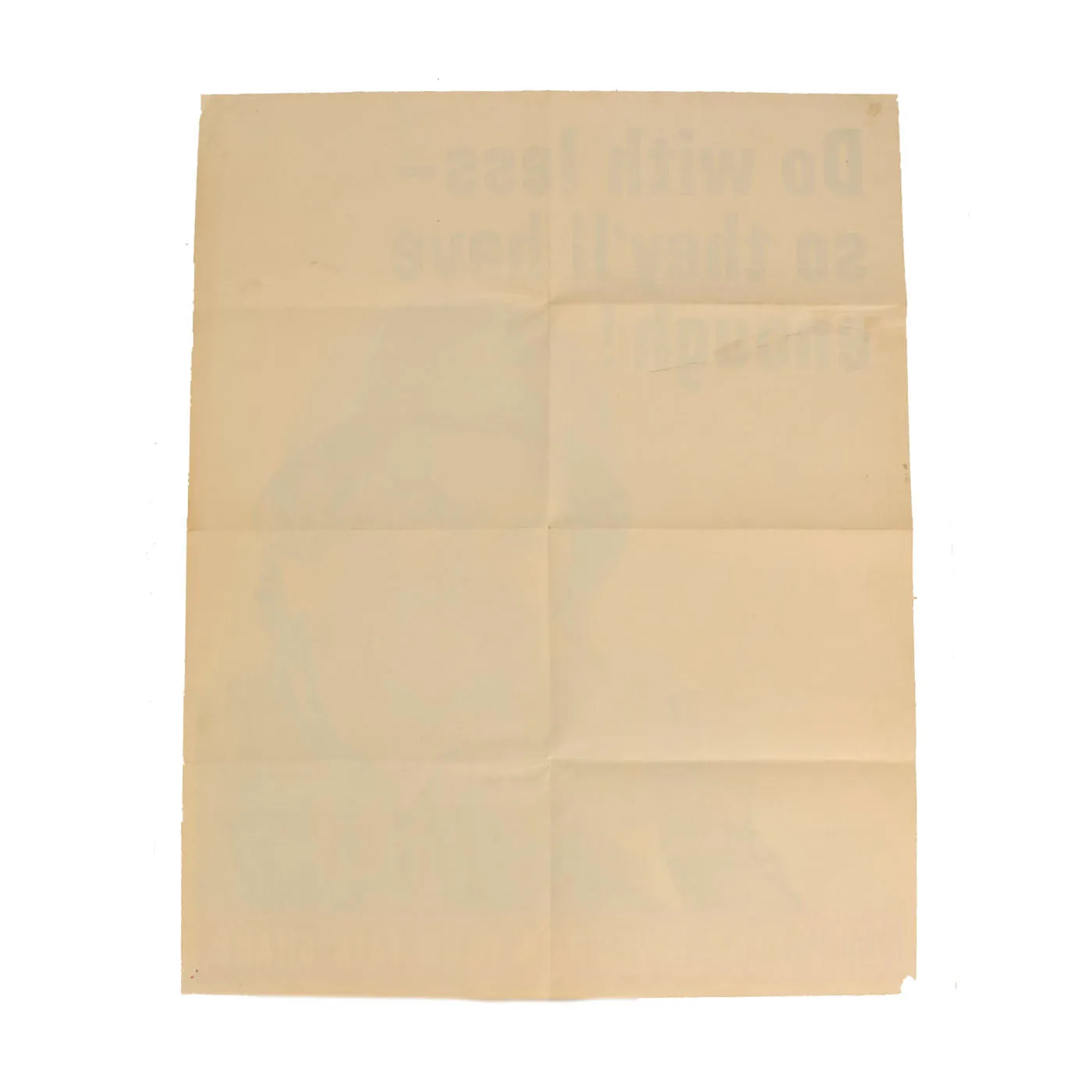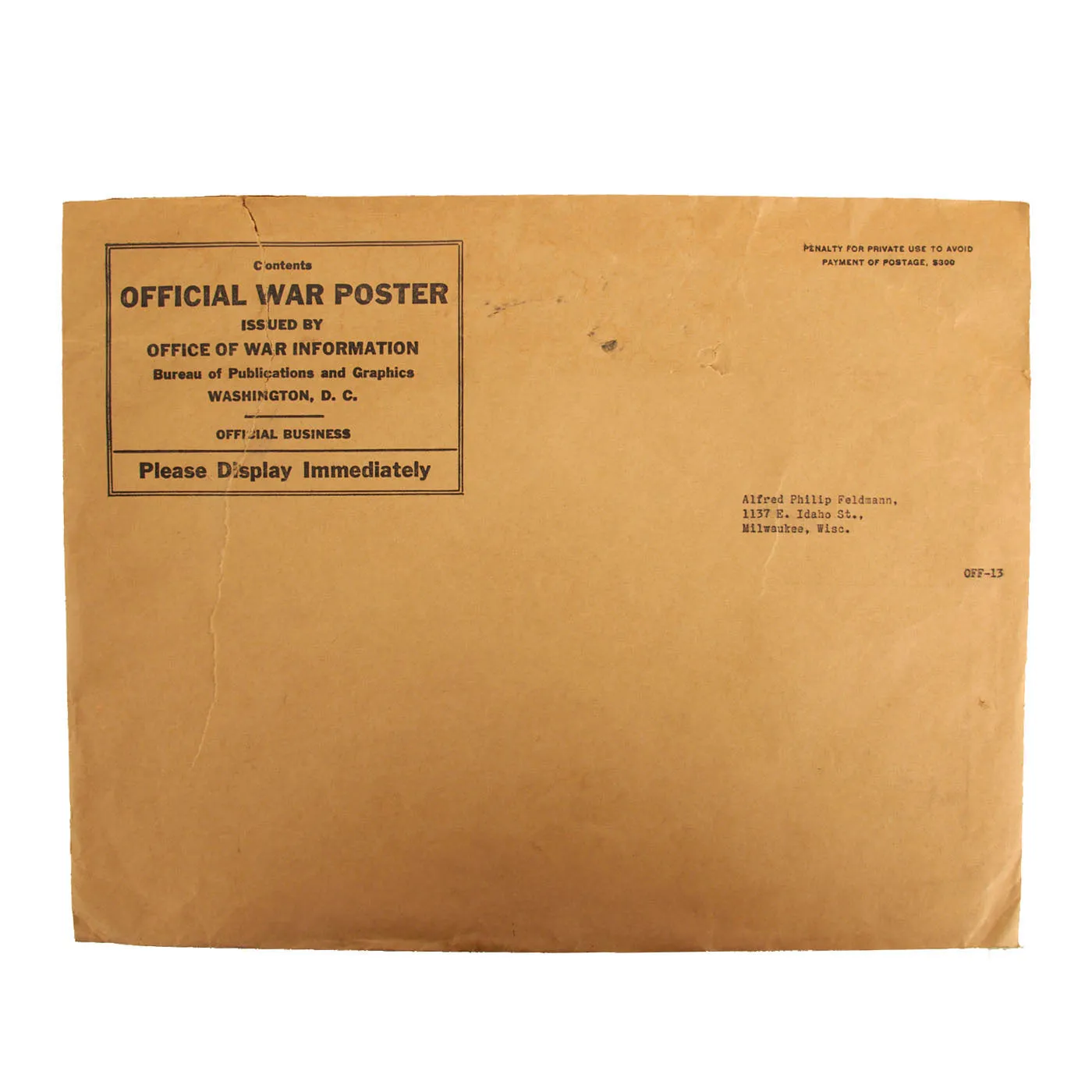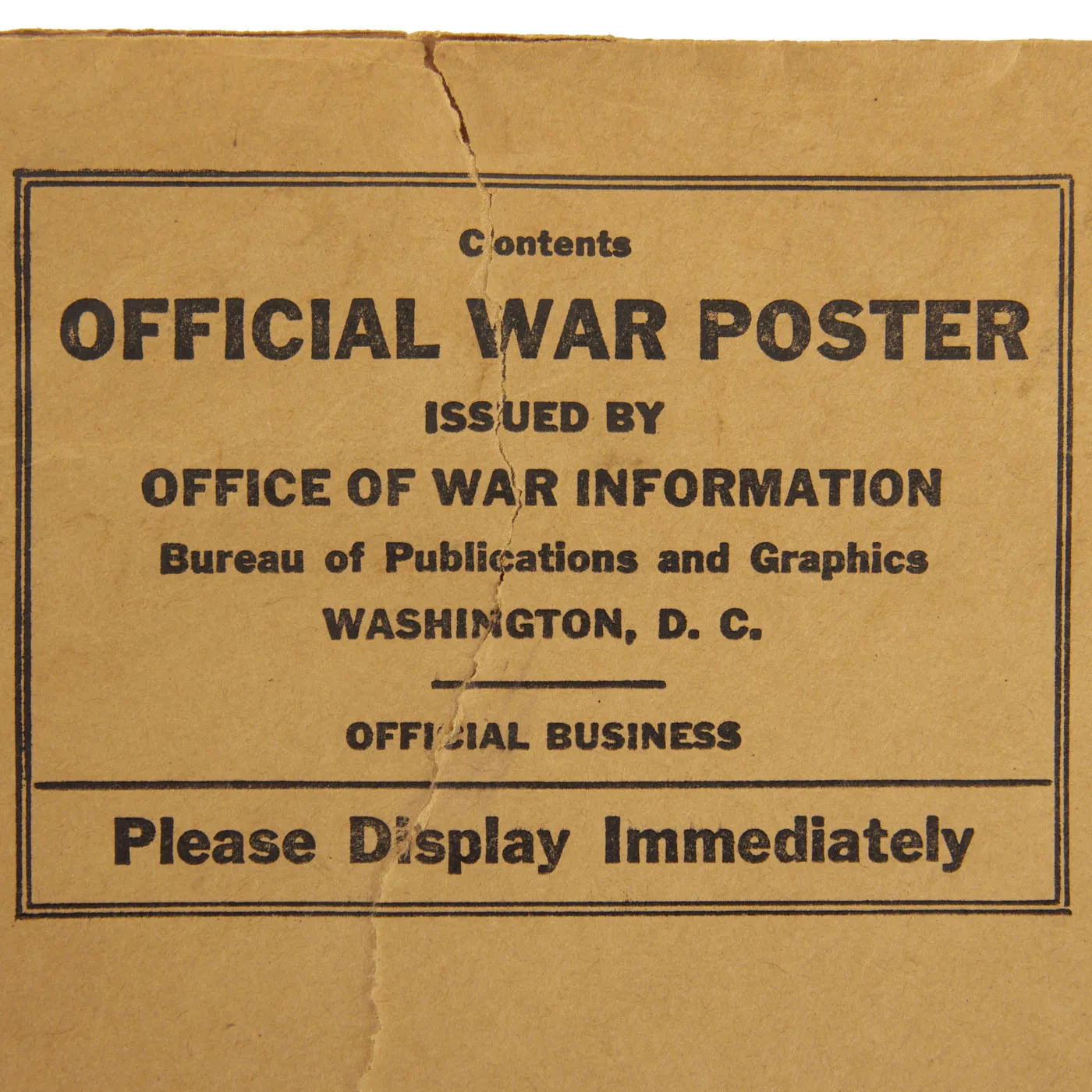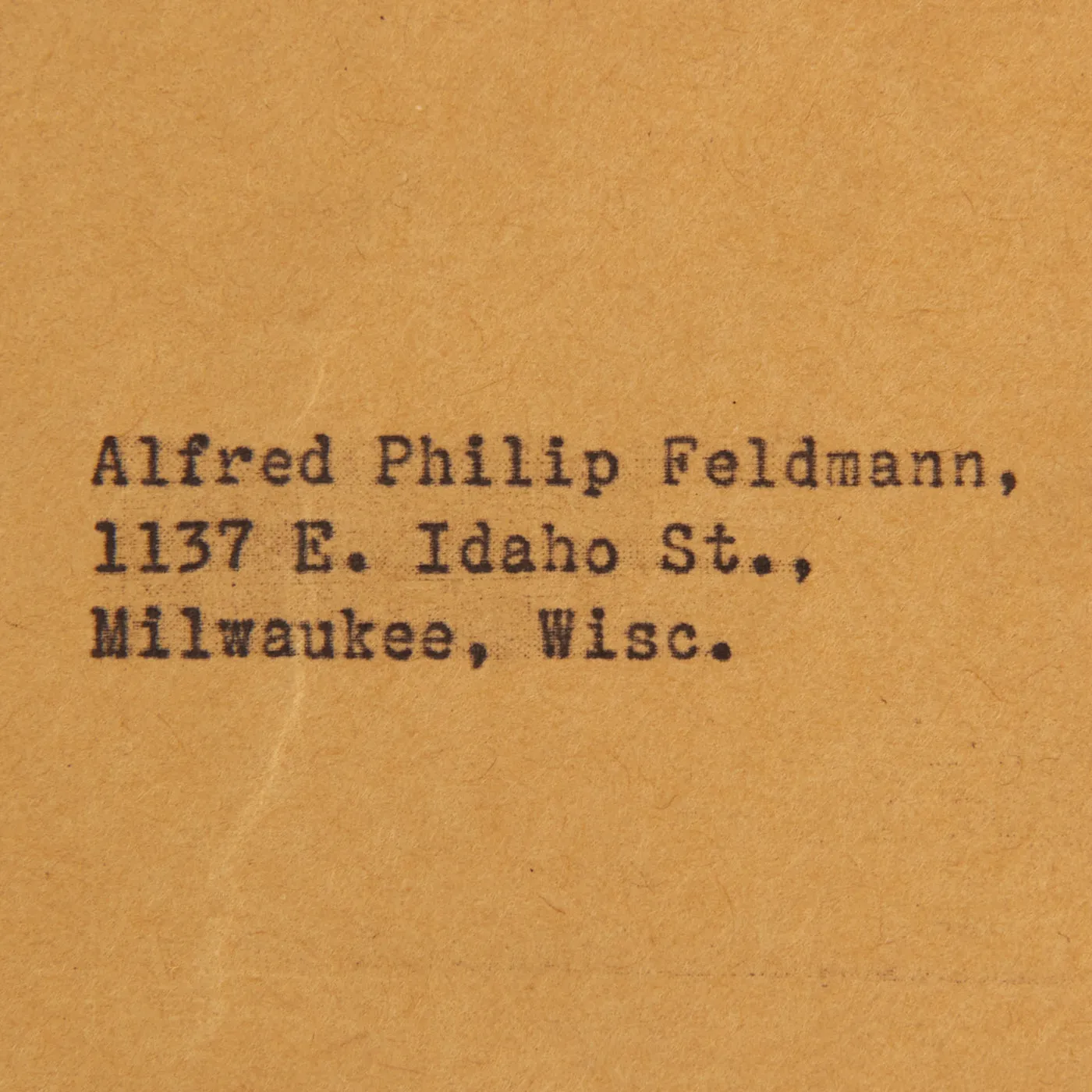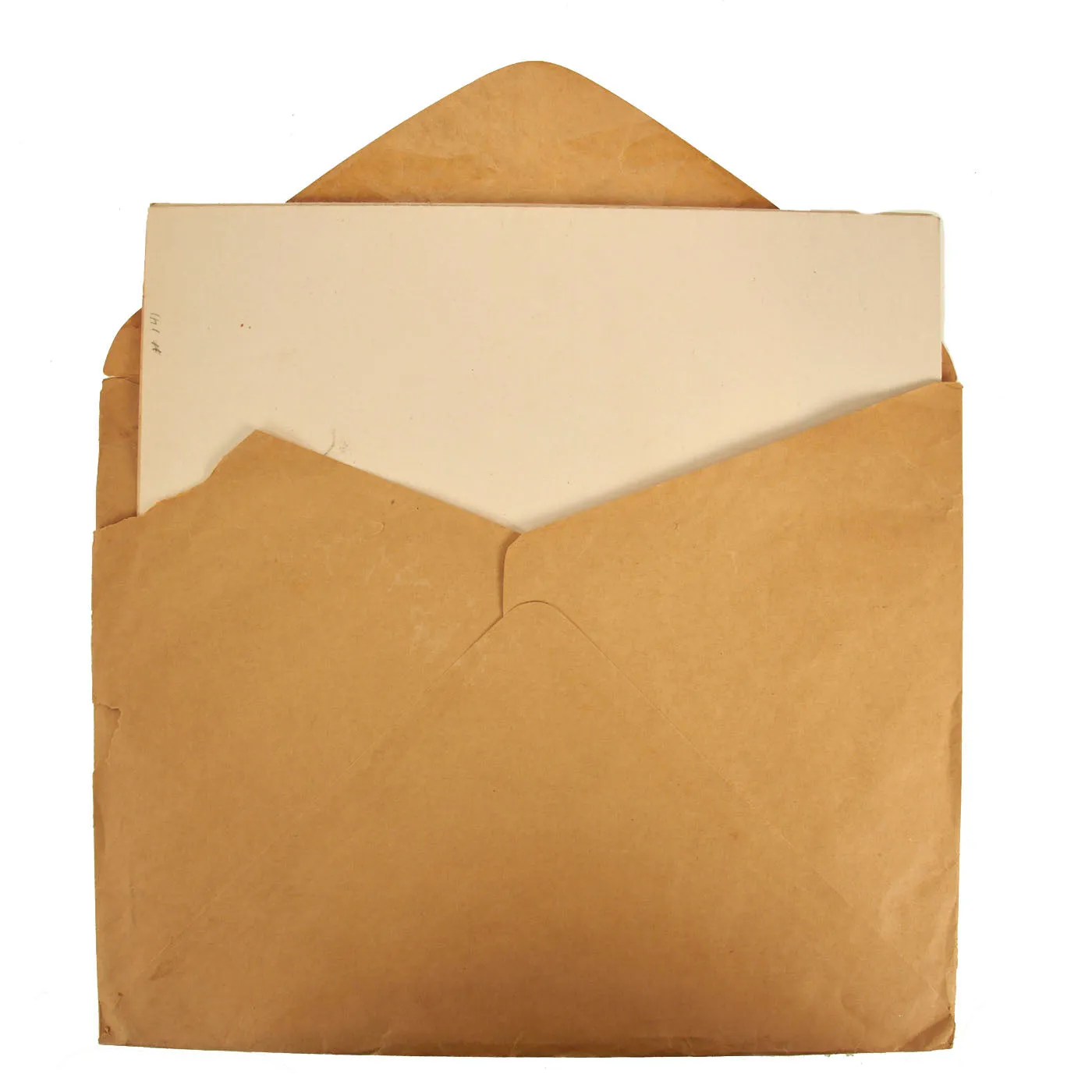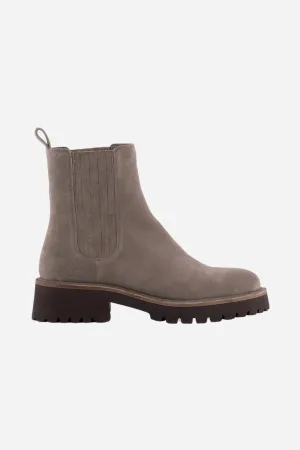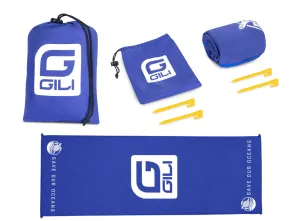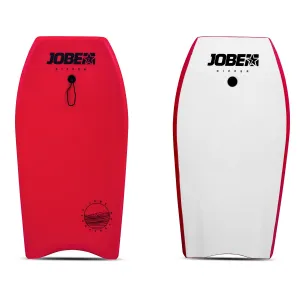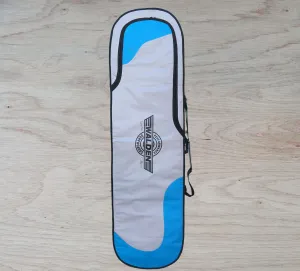Original Item: Only One Available. This is definitely one of the most famous WWII posters produced and is a popular image to use for social media. During the war years, gasoline, rubber, sugar, butter, and meat were rationed. Government publicity reminded people that shortages of these materials occurred because they were going to the troops, and that civilians should take part in conservation and salvage campaigns.
“Astronomical quantities of everything and to hell with civilian needs.”
-Donald Nelson, Chairman of the War Production Board, describing the military view of the American wartime industry.
Photographic design played an important role in the production of many WWII posters. To encourage rationing on the home front, this cheery and friendly “GI Joe” drinking coffee appealed to the families with loved ones overseas. This poster is an example of the creative uses for photography during the war.
The man in the photo is Thomas J. Murray, who died on October 16, 2002 at the age of 87 and was buried with military honors. According to his obituary, which appeared in the Albany Times Union, October 18, 2002, Murray served as the face for rationing from 1943-1945 through this poster. Murray's portrayal of "GI Joe in the foxhole" contributed to the home front battle of rationing and helped gain support for the war effort. During the last three years of WWII, Americans needed ration stamps to purchase products such as meat, cheese, canned goods, sugar, butter, shoes and gasoline. A typical allocation of sugar was 12 ounces per week. Auto validation stamps permitted three gallons of gas a week. One pair of shoes a year was the norm between February 1943 and October 1945. This poster became so popular that the war office reprinted a larger version with a slightly different headline.
The message above and below the image of Murray drinking coffee from his canteen cup is as follows:
Do with less-
so they’ll have
enough!
RATIONING GIVES YOU YOUR FAIR SHARE
This iconic poster unfortunately does have tearing (taped) and wear present. There are creases present which is ok as they were made during the distribution process during the war and the envelope comes with it as proof! These envelopes are rather rare as most of them were discarded after removing the poster, so to find them is incredible. The envelope does have tearing present which is repaired with clear tape from the inside. The poster comes more than ready to be mounted, framed and displayed!
More on Thomas J. Murray
In 1943, the U.S. Office of War Information selected the Army veteran to pose for two of many illustrations that were part of its campaign to gain support for the war effort.
From 1943 to 1945, Mr. Murray served as the face for rationing, an appeal to Americans to make do with less so the soldiers fighting overseas could have more.
" They were looking for someone who would represent GI Joe in the foxhole, " his nephew Frank Murray said. " It was just meant to say, “Hey, this is a soldier on the front. Don't cheat him."
The 22-by-28-inch poster now hangs in the National D-Day Museum in New Orleans and at a military museum in Greensboro, N.C. The poster became so popular that the war office reprinted a larger version with a slightly different headline.
"The poster was pretty symbolic back in those days," said Mr. Murray's daughter, Stephanie Phillips of Colonie, N.Y.
During the last three years of World War II, Americans needed ration stamps to buy such products as meat, cheese, canned goods, sugar, butter, shoes and gasoline, said Michael Aikey, director of the New York State Military Museum and Veterans Research Center in Saratoga Springs.
A typical allocation of sugar was 12 ounces a week. Auto validation stamps permitted 3 gallons of gasoline per week. One pair of shoes a year was the norm from February 1943 to October 1945.
"Rationing was one of the many battles fought during World War II, and like a lot of battles there were mixed results" because of the growth of black markets, Aikey said.
Mr. Murray, a native of New York City, moved to Latham, N.Y., in 1966. In 1975 he relocated to the Buffalo area, where he worked as regional superintendent for the state Department of Labor, from which he retired.
He settled in Clifton Park, near Albany, in 1989. He recently moved into an assisted-living center. His first request was for the 1943 poster to come with him, his daughter said.
"He was so proud just that he could do something visible that would encourage the people of that time to sacrifice," Phillips said.
Thomas J. Murray died on October 16, 2002 at the age of 87 and was buried with military honors. According to his obituary, which appeared in the Albany Times Union, October 18, 2002.

 Cart(
Cart(